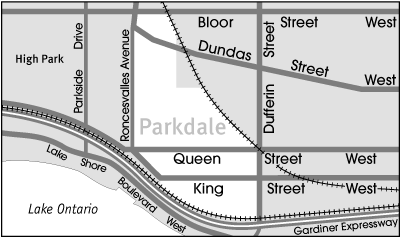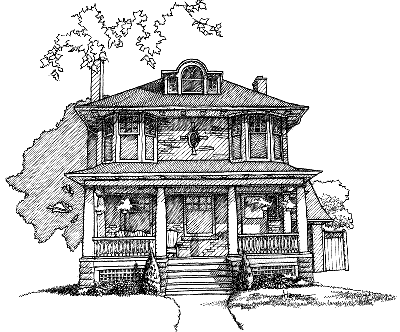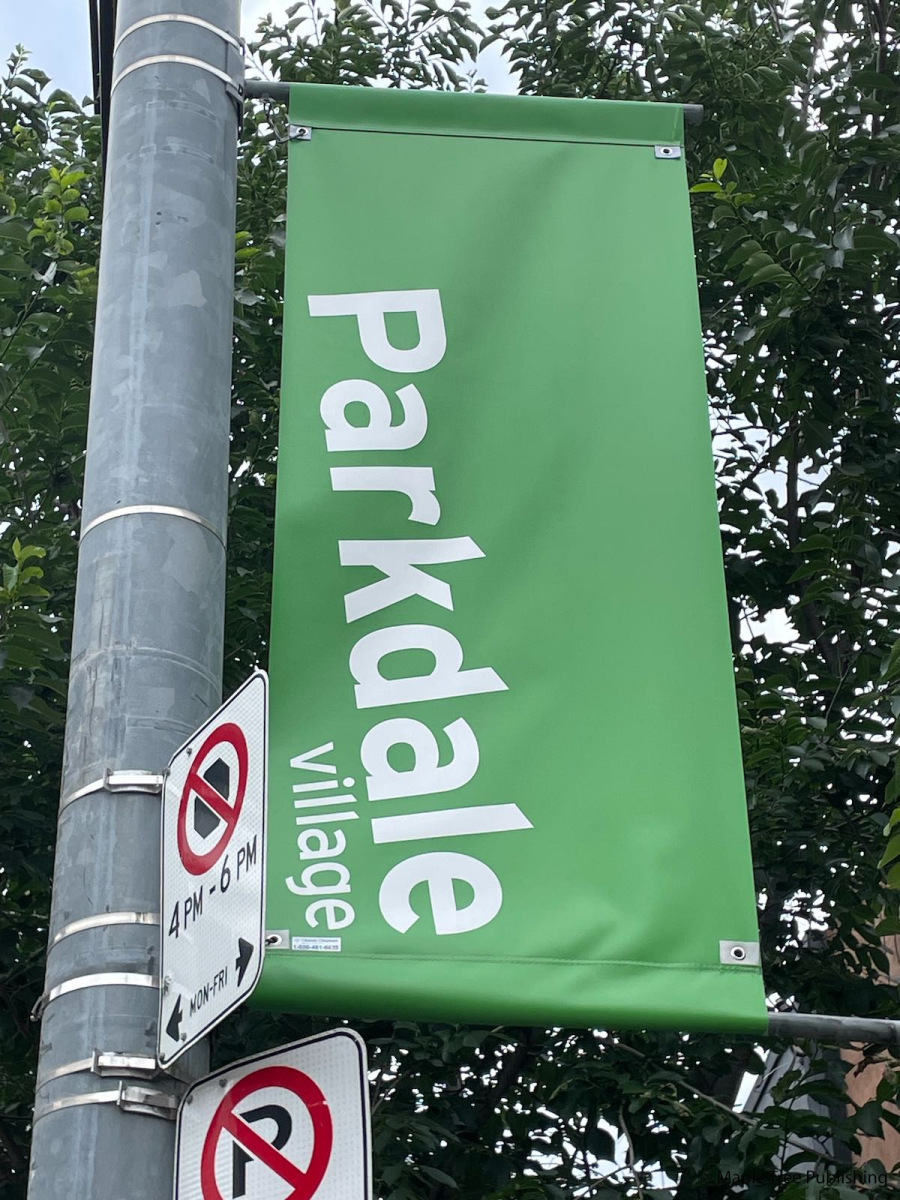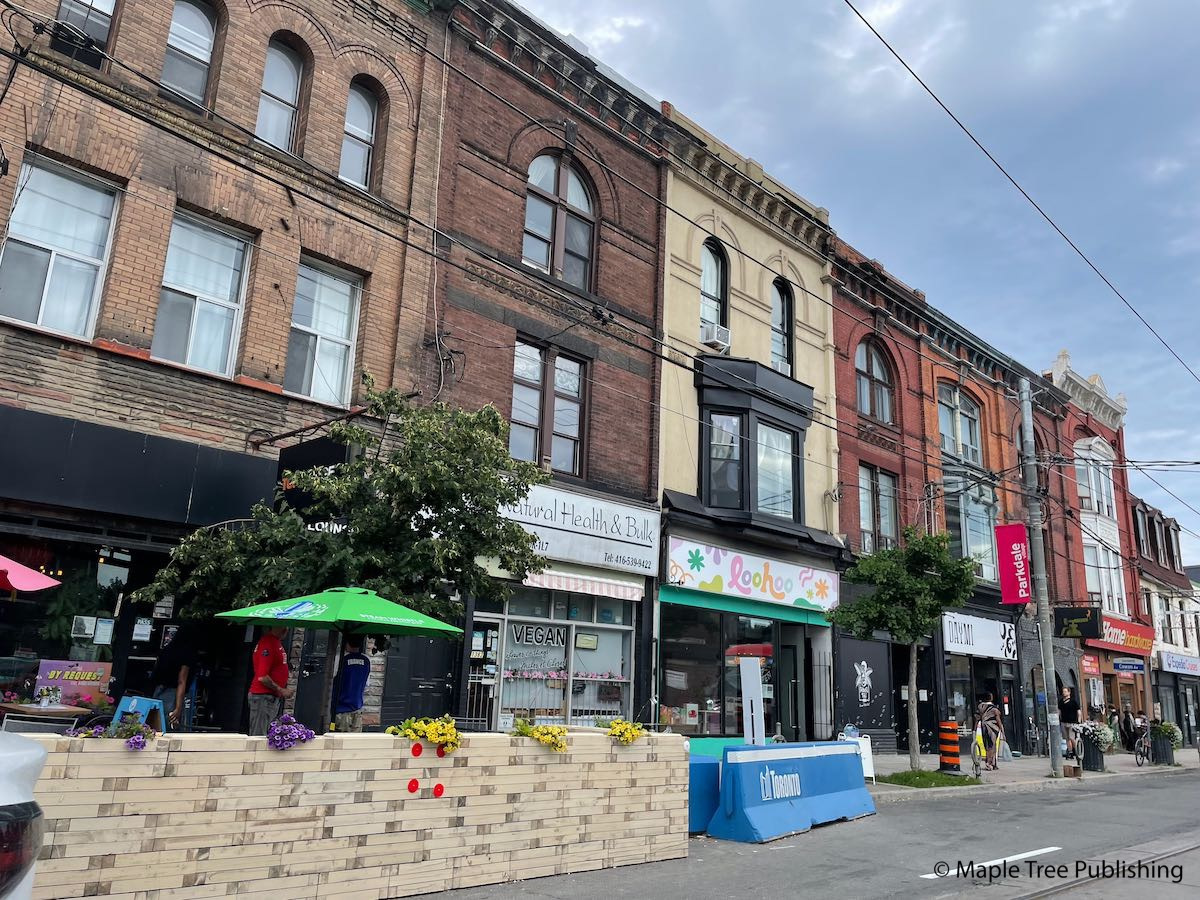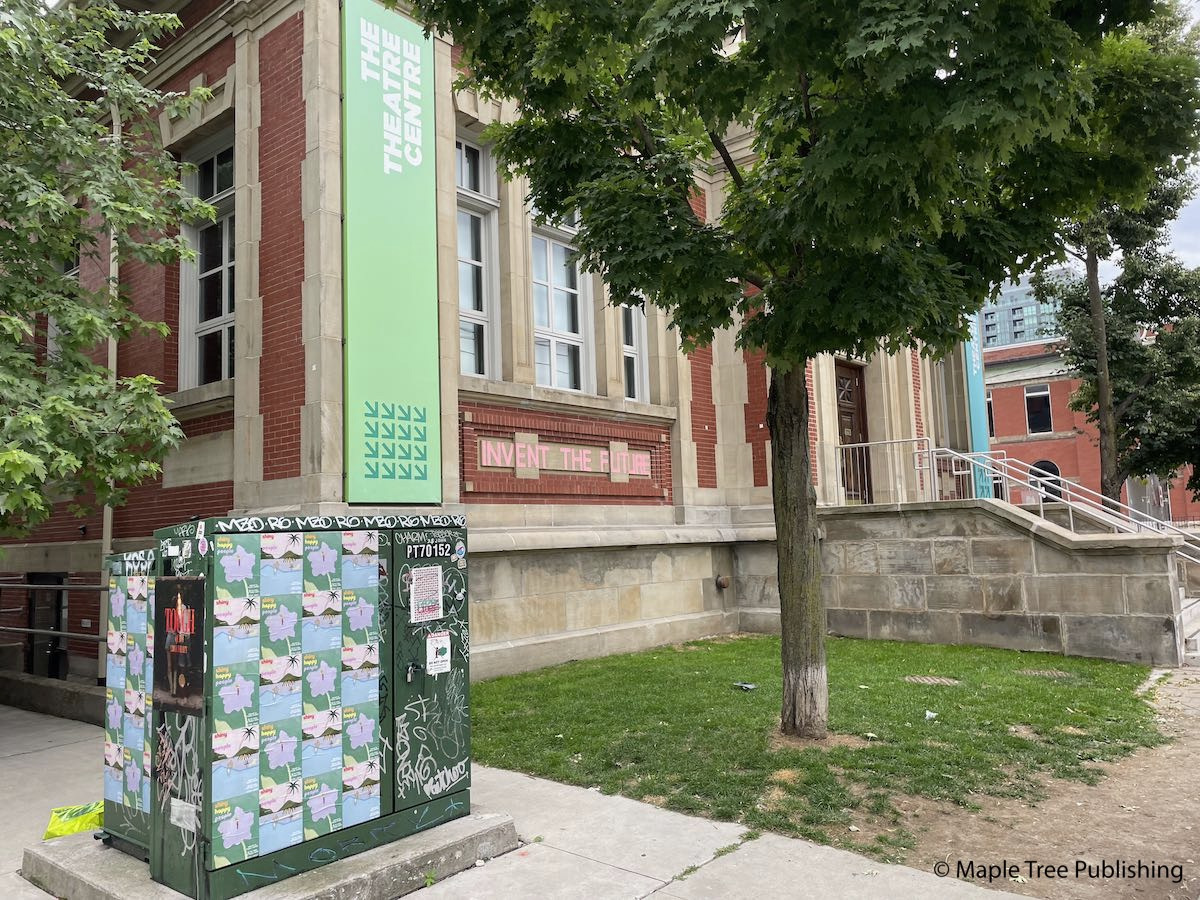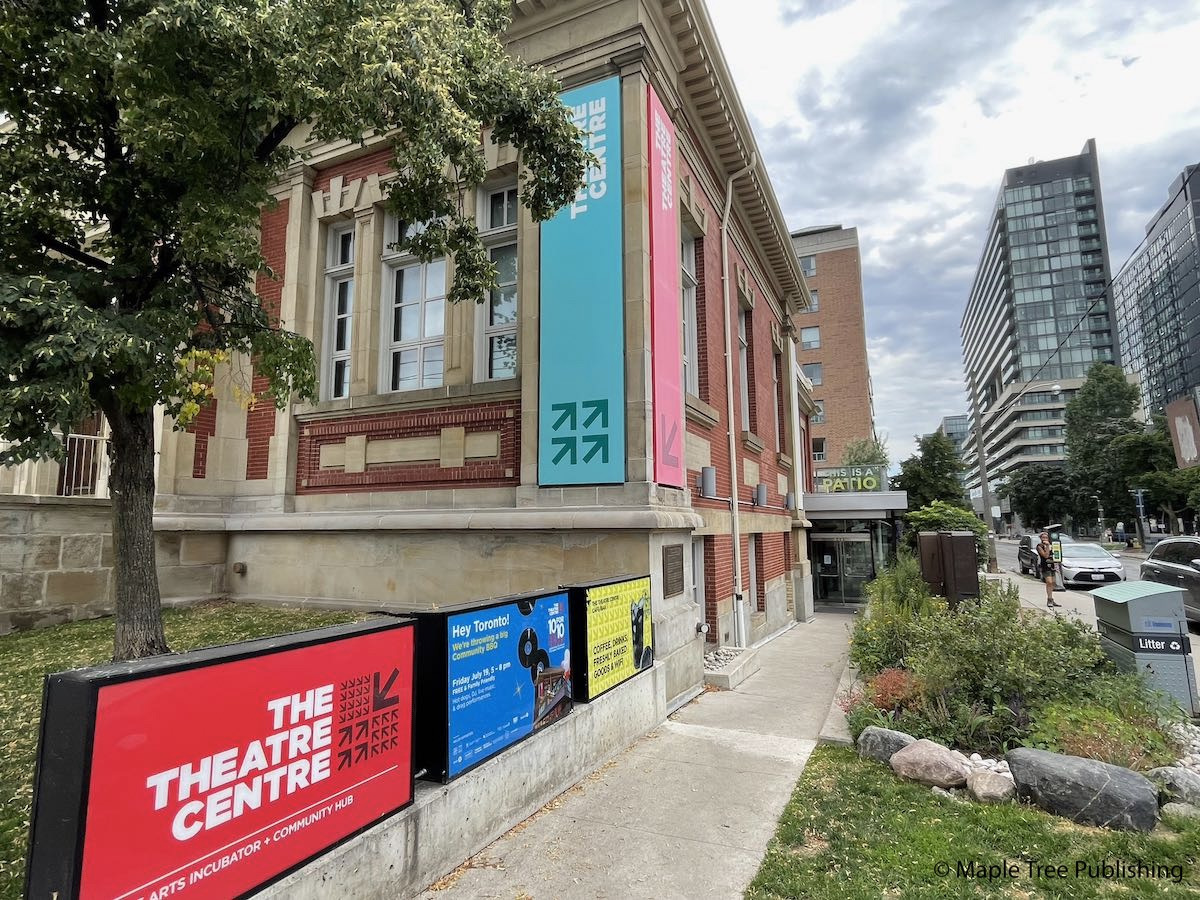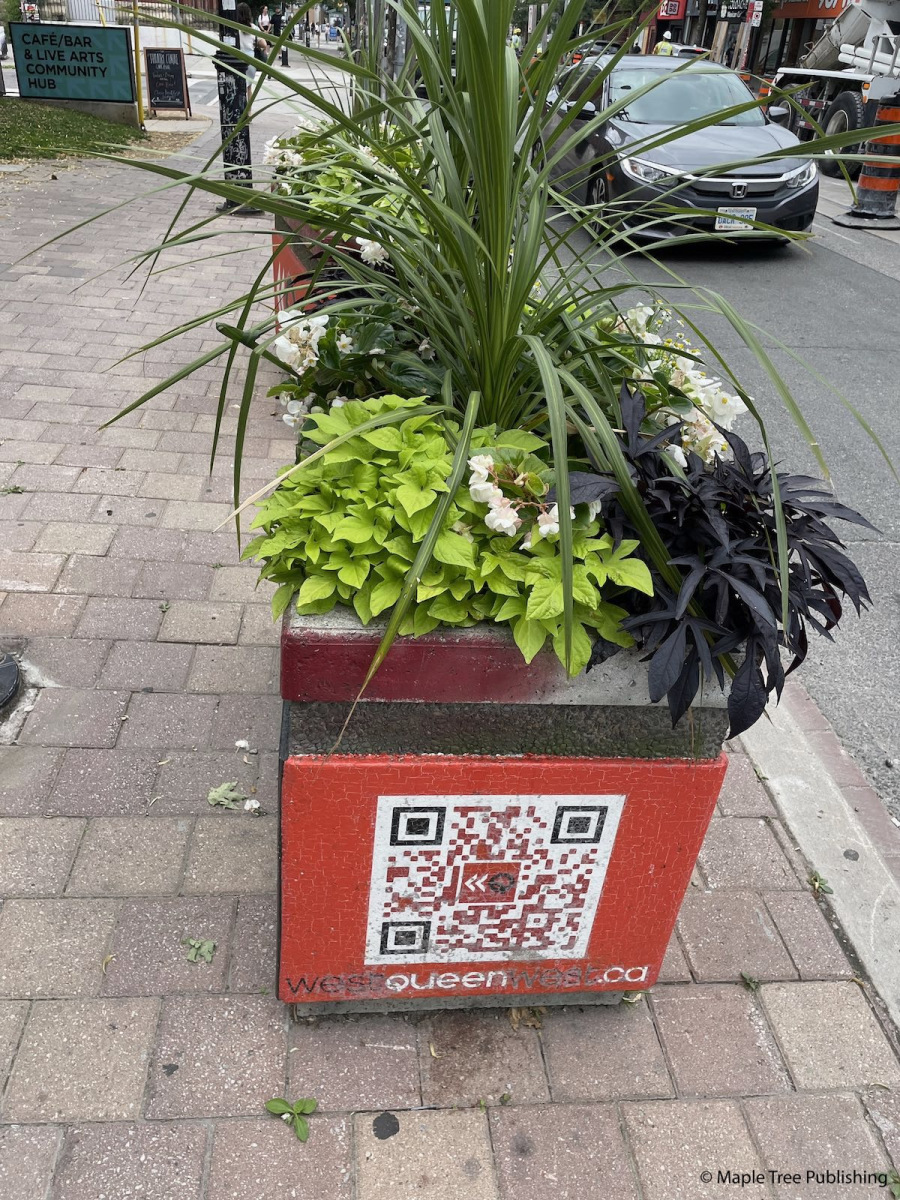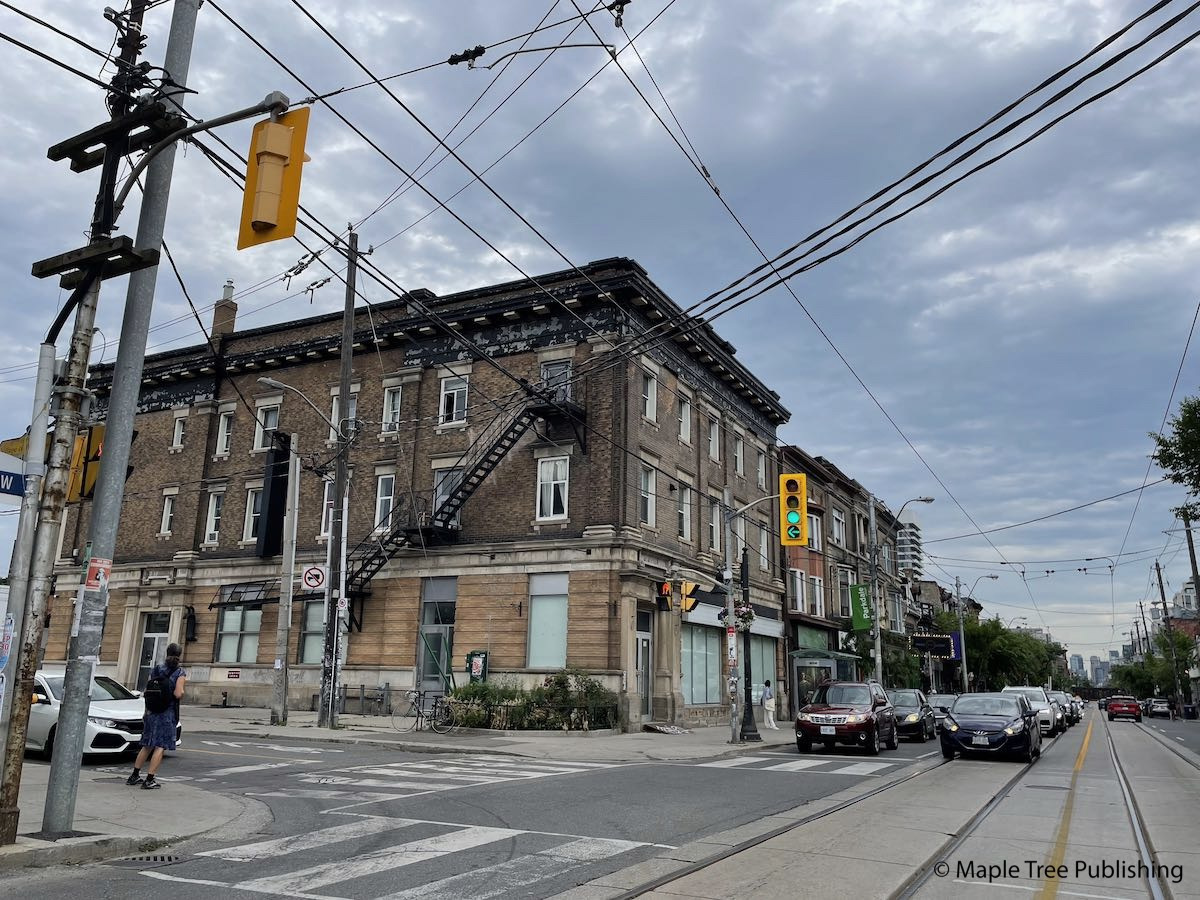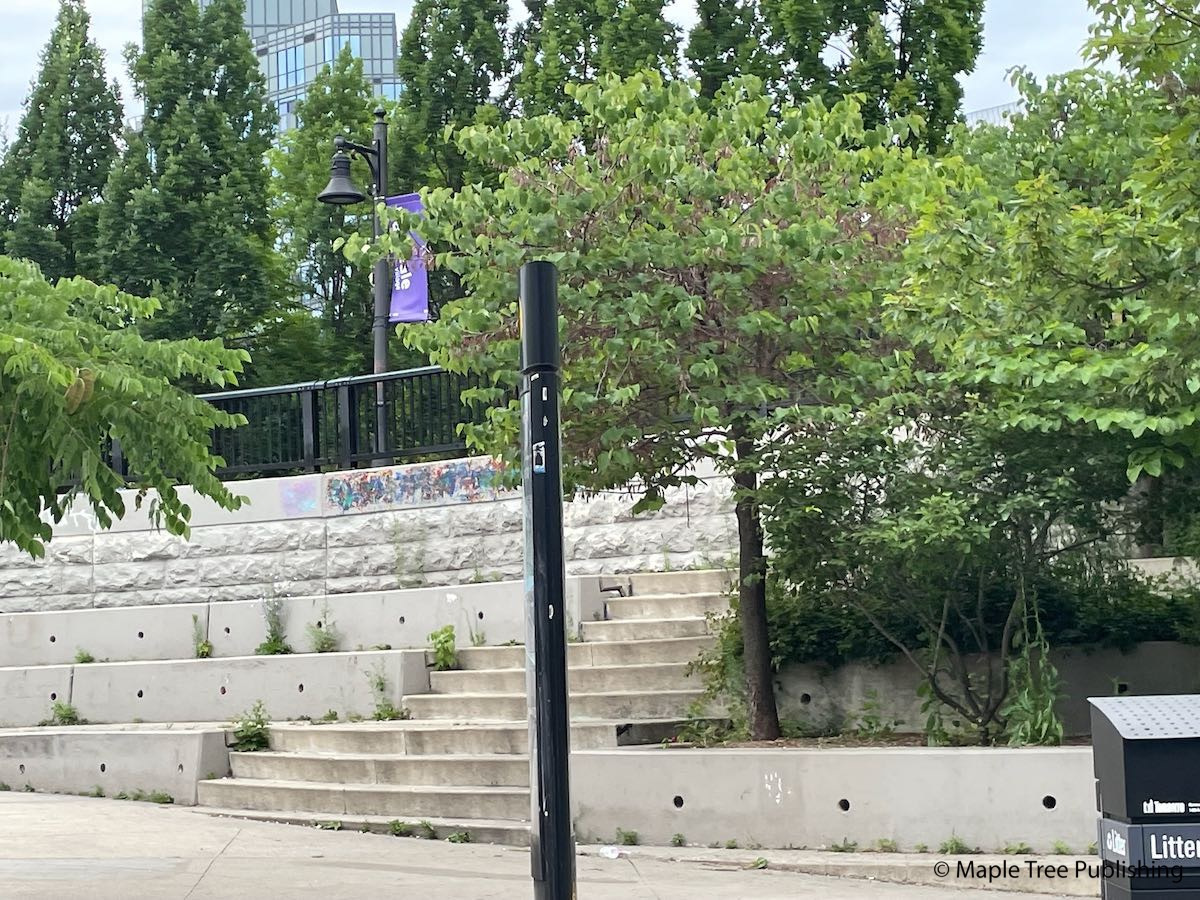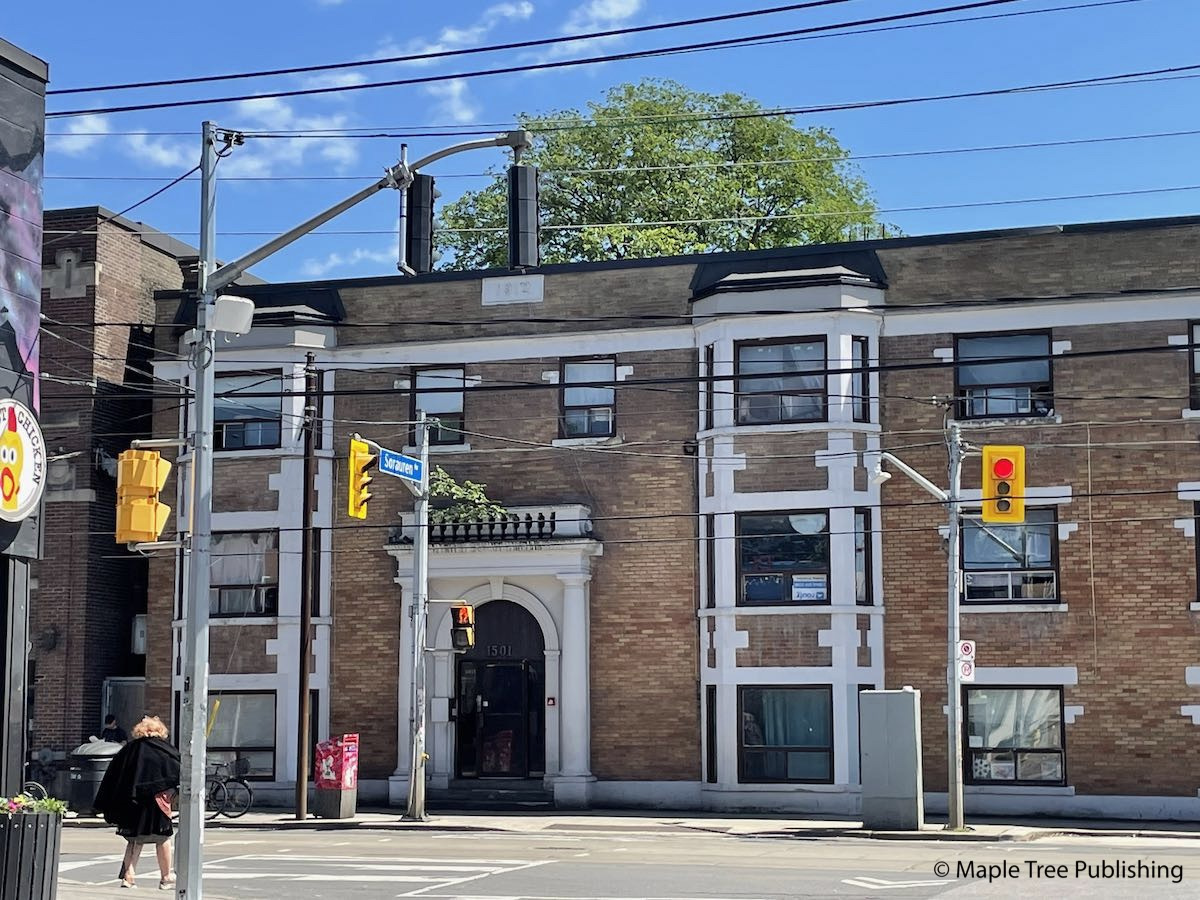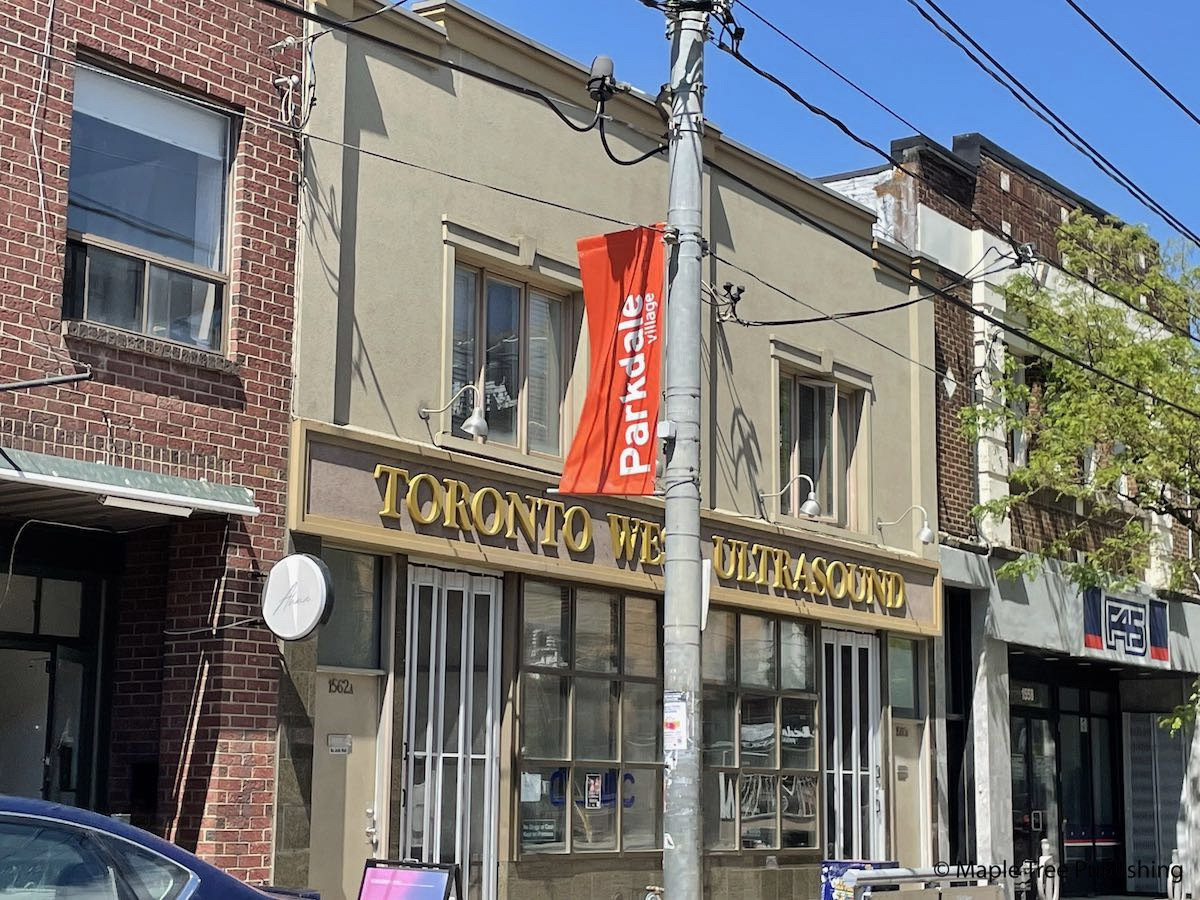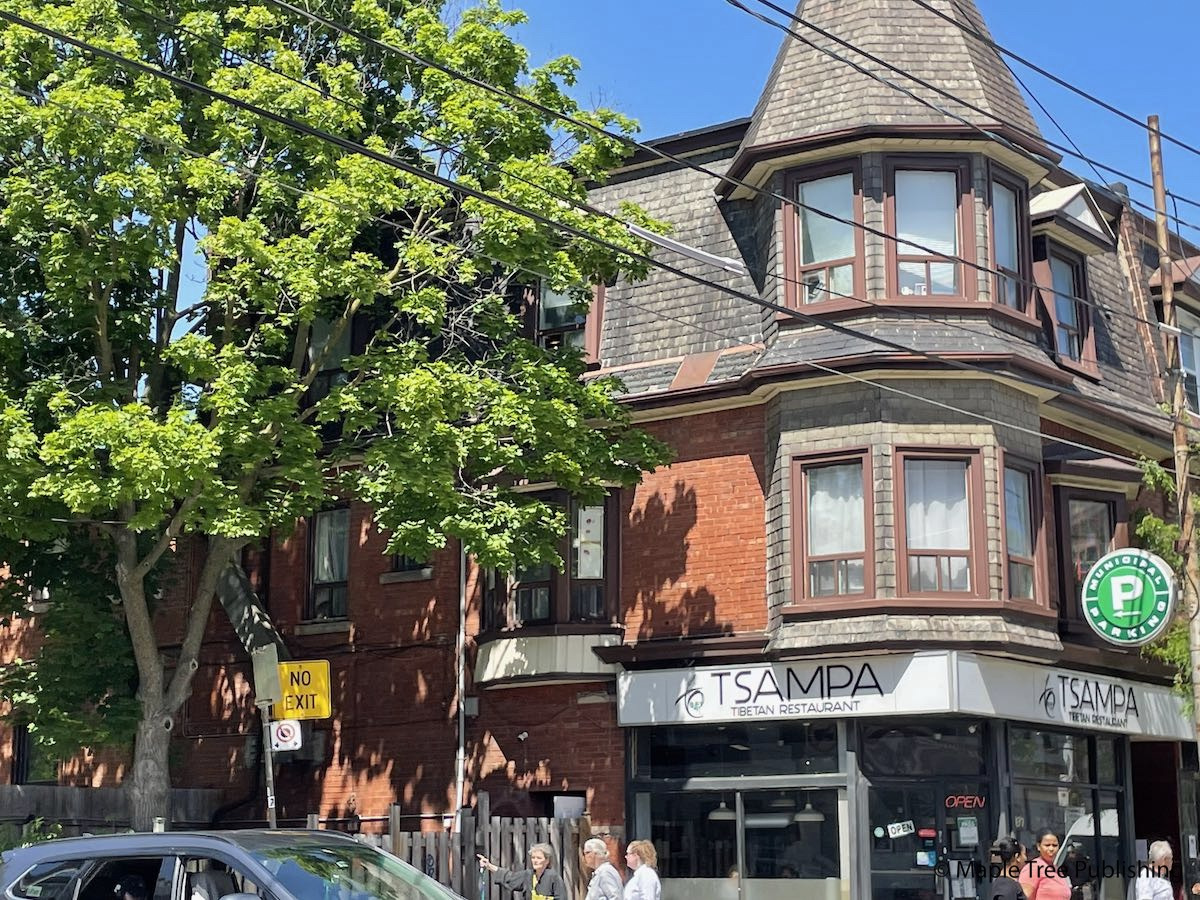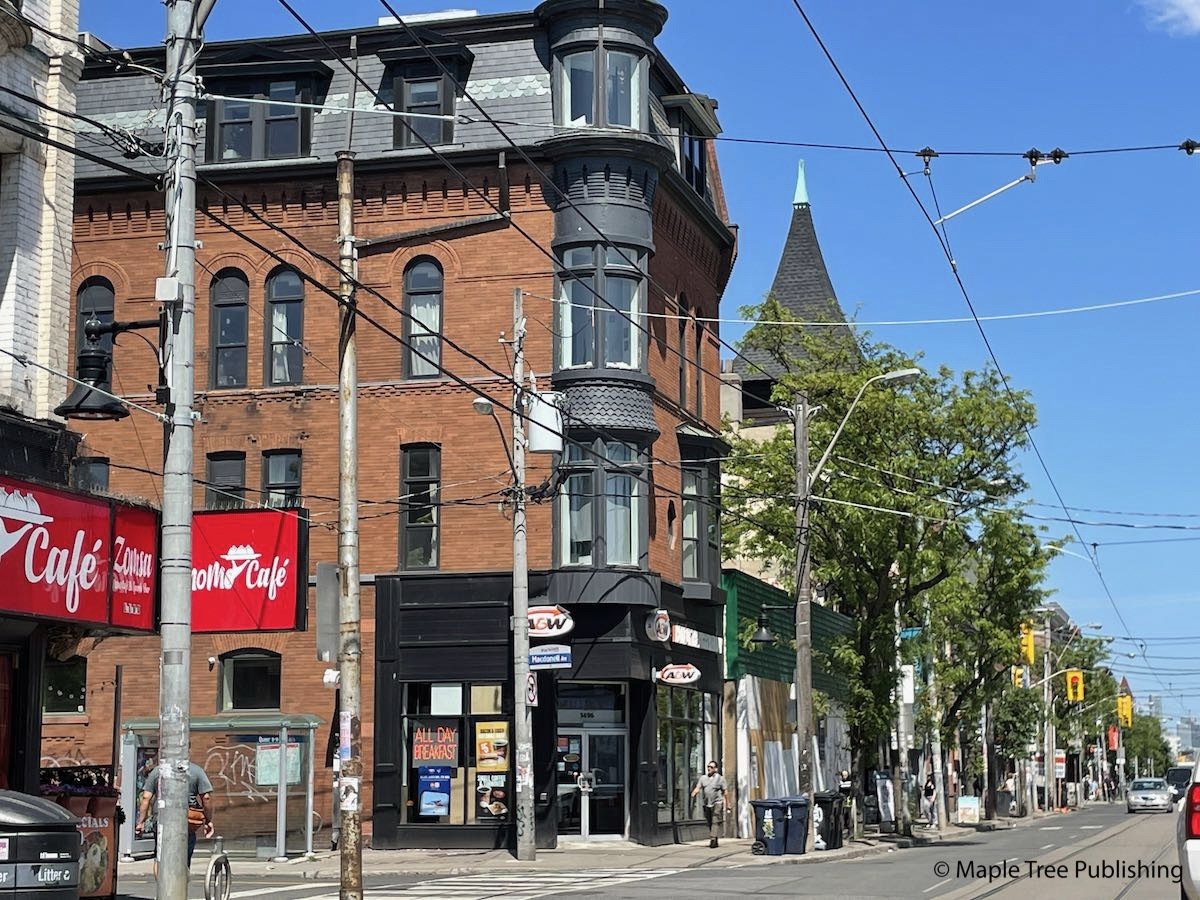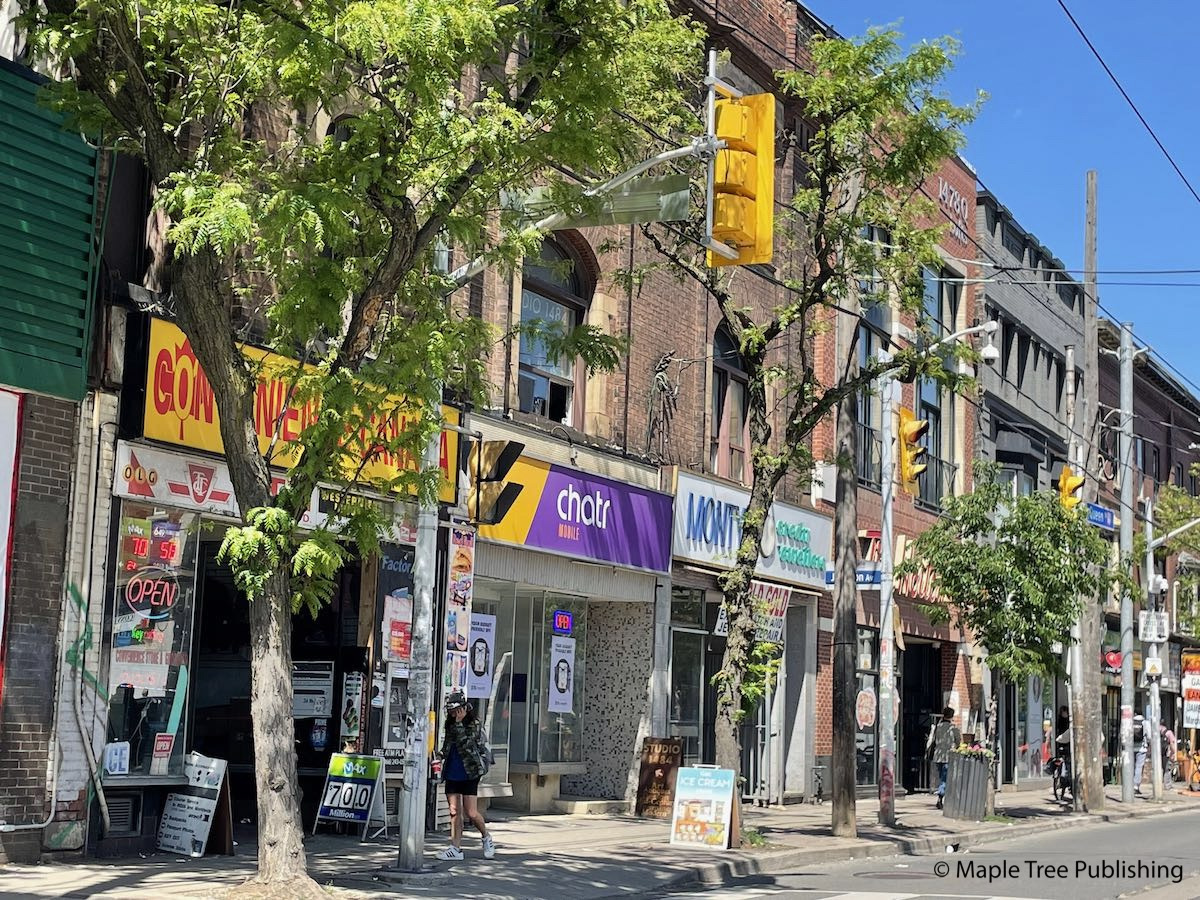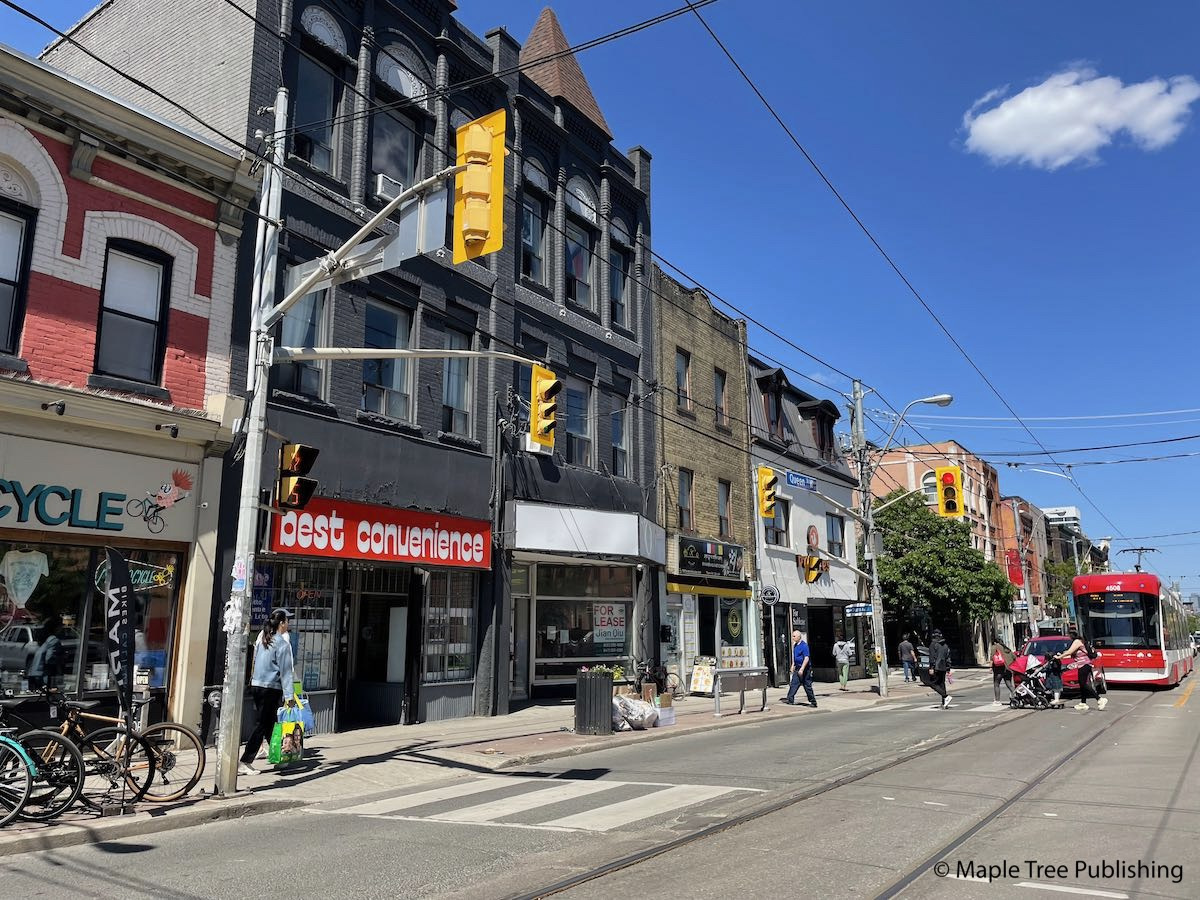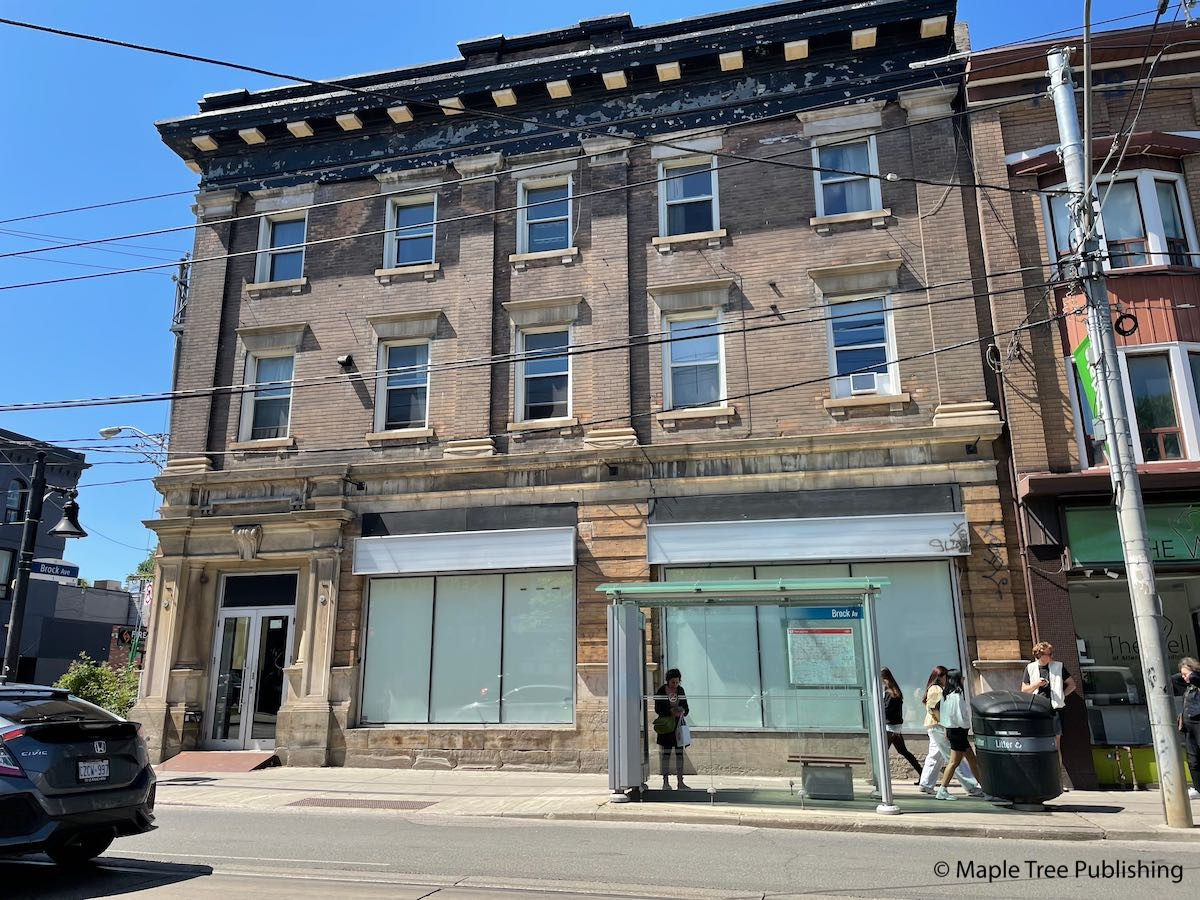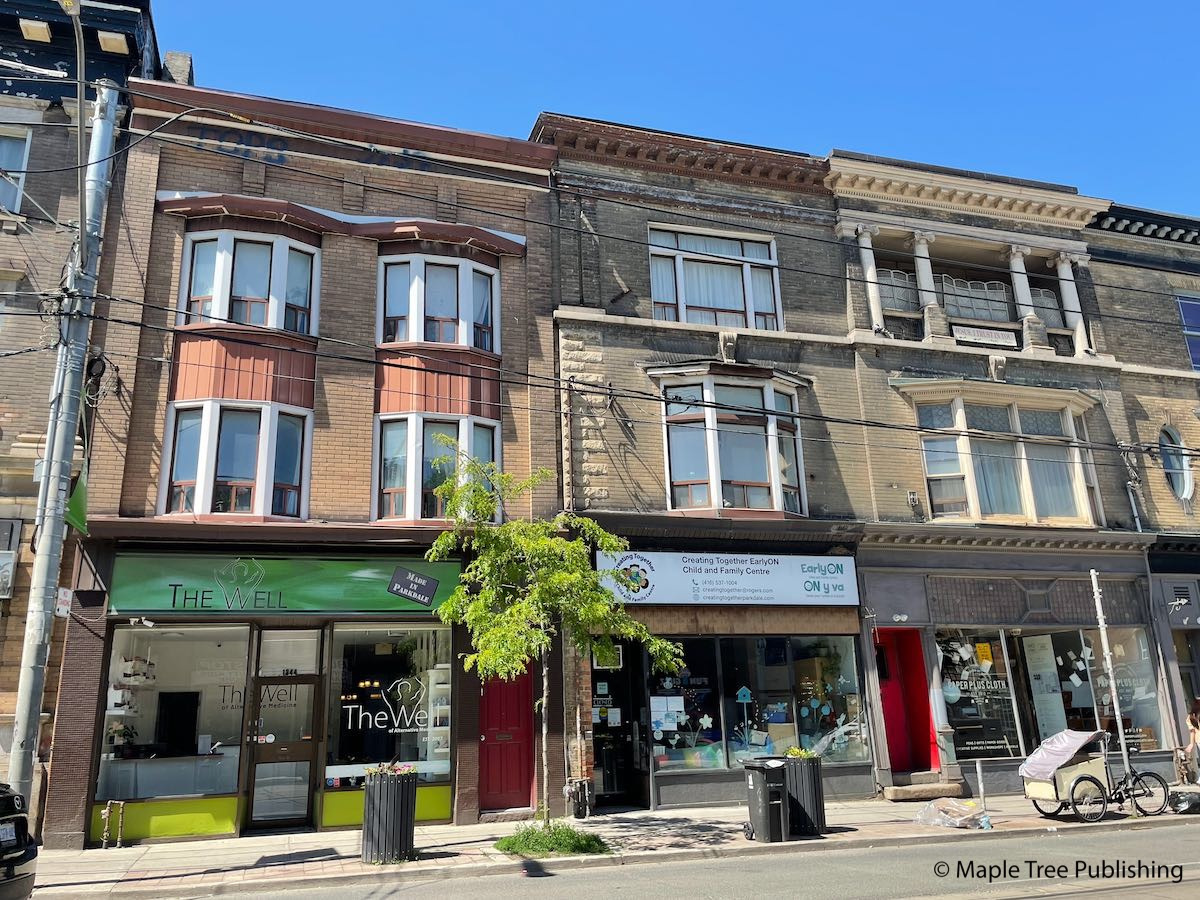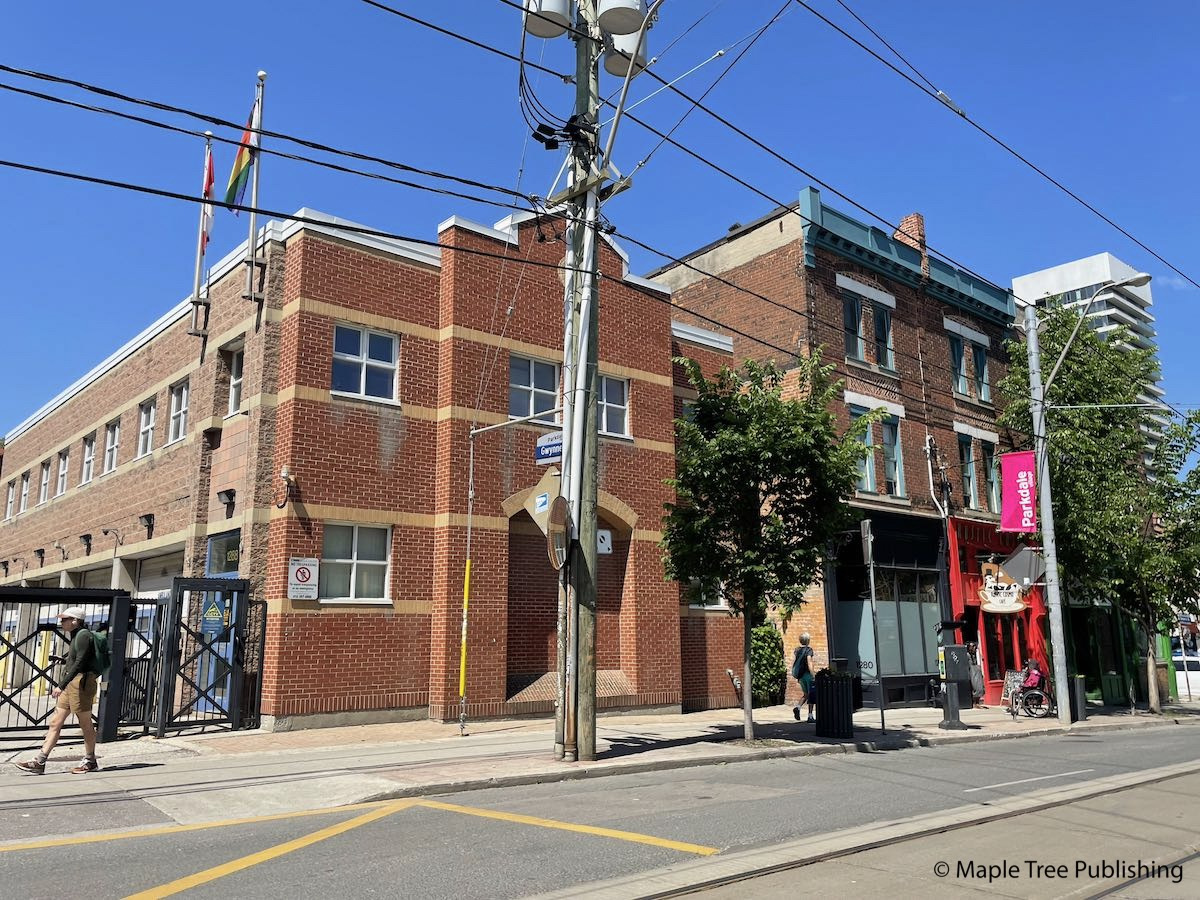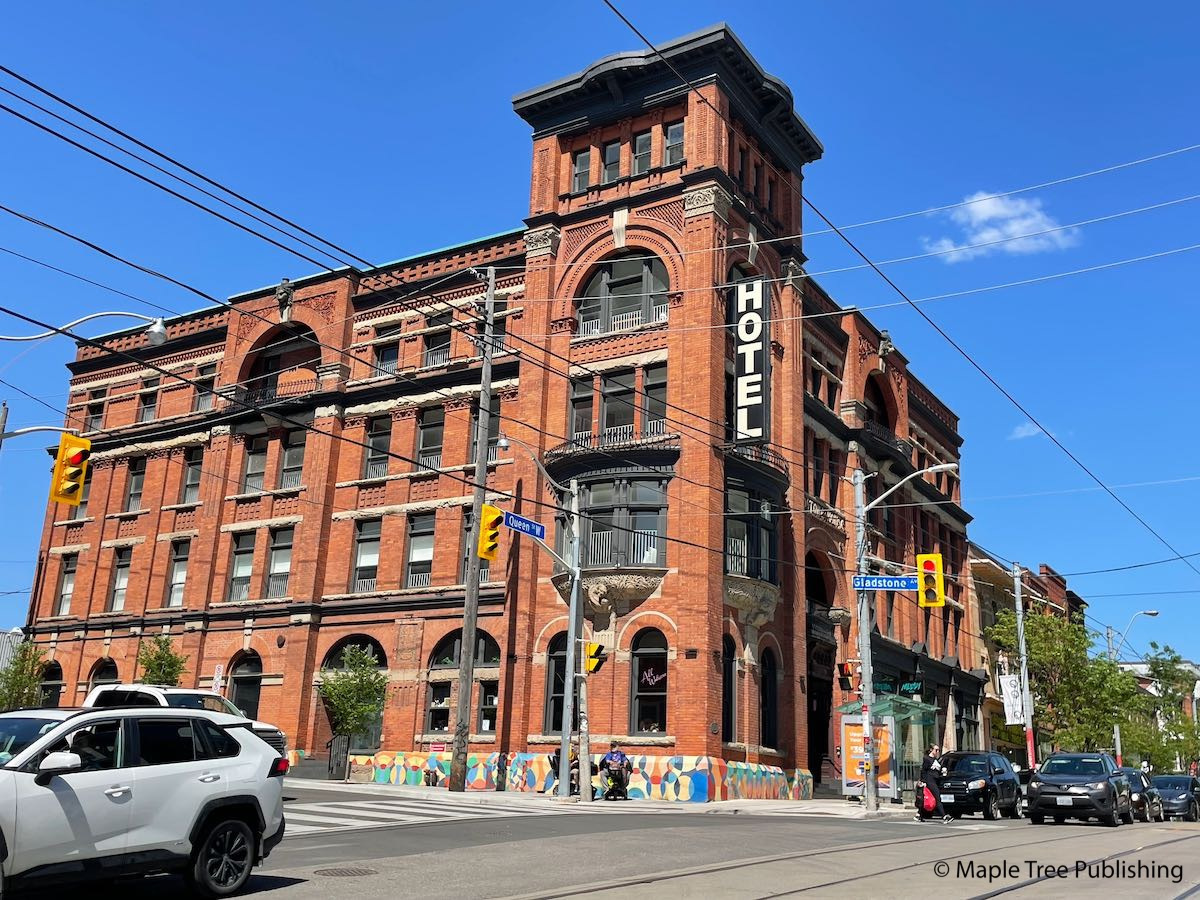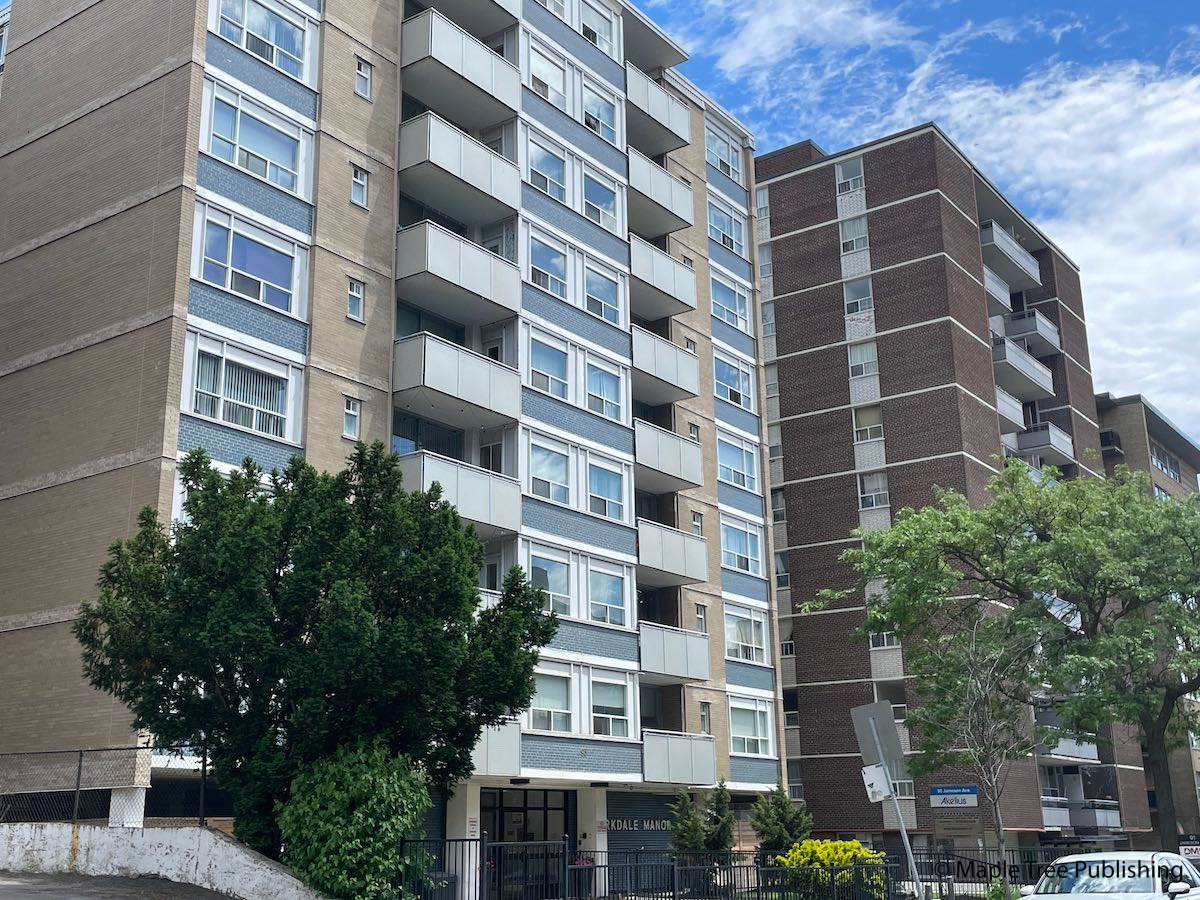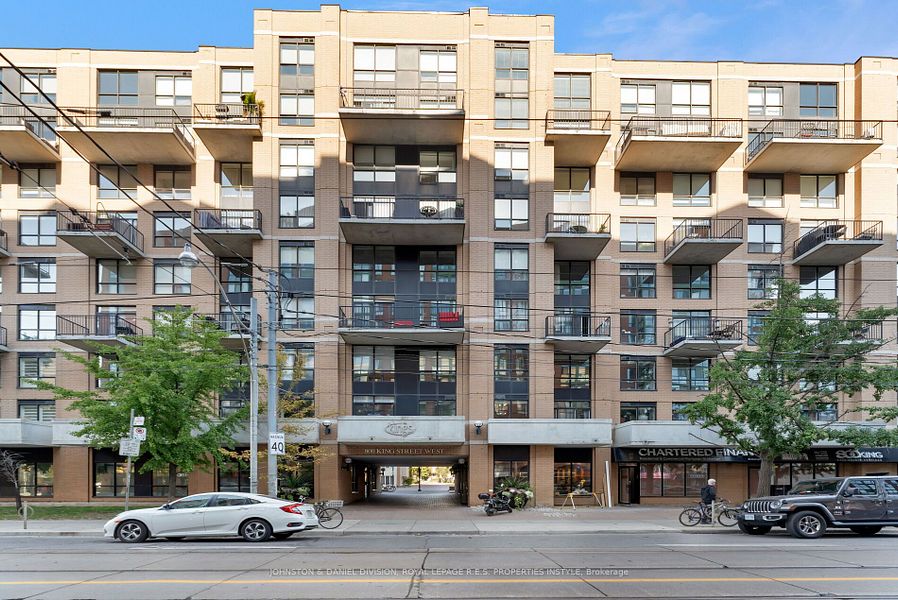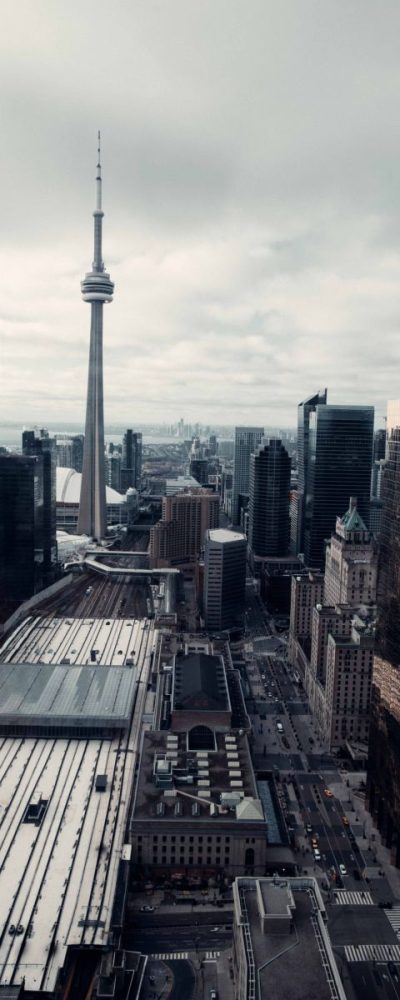Parkdale
History:
Parkdale’s history began in the late 1800’s when it was an elite residential suburb, that rivaled Rosedale as Toronto’s most desirable address. Parkdale’s popularity led to its incorporation as a village in 1878. Then in 1889, after many heated public debates, Parkdale’s citizens voted in favour of amalgamation with the City of Toronto. Parkdale, became Toronto’s playground by the lake in 1922, when the Sunnyside Amusement Park and Bathing Pavilion opened for business on Parkdale’s beaches. Sunnyside was the place to be and be seen for a generation of Torontonians. In 1956, Sunnyside was shut down by the city in order to make room for the Gardiner Expressway and a revamped Lake Shore Boulevard. Unfortunately, these new expressways cut Parkdale off from the lake and its glorious past. Parkdale then went into a period of decline. At present Parkdale is once again emerging as a prominent Toronto neighbourhood and a new chapter in the history of this grand old neighbourhood is being written.
Overview:
Parkdale’s eclectic mix of real estate options ranges from grand Victorian mansions to high-rise low rent apartment buildings. This plethora of housing options has resulted in Parkdale having one of the most diverse demographics of any Toronto neighbourhood. The Parkdale Community Watch recently received an award as the best neighbourhood watch group. This award was presented by the International Society of Crime Prevention. The Parkdale neighbourhood possesses many positive attributes. It has some of Toronto’s most vibrant shopping districts, wonderful tree lined streets, affordable Victorian homes, and impressive mansions that remind onlookers that Parkdale was once Toronto’s wealthiest district. Parkdale is also within walking distance of Toronto’s waterfront parks. Jameson Avenue in West Toronto stretches from the pedestrian walkway at Lakeshore Blvd. to the hustle and bustle of Queen Street West. It’s a wide boulevard lined with walk-up and high-rise apartment buildings. Parkdale Collegiate, one of Toronto’s oldest high schools, is located along this route. The wide, pedestrian-friendly sidewalks are lined with street planters designed to enhance the streetscape and return Jameson Avenue to the prominence it enjoyed from the mid-1800s to early 1900s, when Parkdale was one of Toronto’s elite neighbourhoods. The street planters — over 70 of them — were recently enhanced with over 560 photographs imprinted on their concrete bases. These include black-and-white photos of past and current residents, as well as archival images from the neighbourhood. This project, known as Impressions, is one of North America’s largest outdoor street photo installations.
Lifestyle:
The main commercial shopping area in Parkdale has historically been on Queen Street. This vibrant shopping district seems to be in a state of perpetual activity; it includes an eclectic mix of shops and restaurants. The Roncesvalles Village shopping district, north of Queen Street, is the cultural centre of Toronto’s Polish community. There are many outstanding food markets, delis, and restaurants along this route.
Homes:
South Parkdale’s grandiose mansions were built between 1875 and 1895. Some of these houses have been converted into bacherlorettes or rooming houses however the current by laws advocate restoring these houses to single family use. The houses in the north end of Parkdale, above Queen Street, are more modest than their South Parkdale counterparts, but are no less charming. These houses were built between 1900 and 1910.
Recreation:
Parkdale is conveniently located within walking distance of High Park and the recreational paths and parks along Toronto’s waterfront. Parkdale has four community centres that serve the residents of this neighbourhood. They include Holy Family Community Centre on Close Avenue, Masryk-Cowan Community Recreation Centre on Cowan Avenue, McCormick Recreation Centre on Sheridan Avenue, and the Parkdale Community Centre on West Lodge Avenue. The Parkdale Public Library on Queen Street and the High Park Public Library on Roncesvalles, both provide programming for Parkdale residents.
Transportation:
Streetcar service on Queen Street, King Street, Dundas Street, Roncessvales Avenue, and Macdonell Avenue, connect passengers to the downtown, or to subway stations on the Bloor-Danforth subway line. Motorists are just minutes from downtown. There is direct access to both the Gardiner Expressway and Lake Shore Boulevard, at the south end of Parkdale.
Featured Listings
Toronto
King West – Wellington Place
Parkdale Stats
Walkability:
High
Bikeability:
Medium
Public Transit:
Medium
Affordability:
Medium
Greenspace:
Low
Recreation:
Medium
Legend: Low, Medium, High
Commute Times
* All commuting times provided are approximate times only. Commute times may increase or decrease depending on where you live within the neighbourhood and the time of day i.e rush hour versus off hour commutes. Time estimates to public transit are based on walking distance or bus line connection whichever is quicker. All other commute times on the chart above are based on drive times.
School Guide
No Records Found
Sorry, no records were found. Please adjust your search criteria and try again.
Google Map Not Loaded
Sorry, unable to load Google Maps API.
Toronto School Resources

Editor’s Note. BEFORE MOVING INTO, BUYING OR RENTING A HOME, PLEASE CONTACT THE SCHOOL YOU ARE CONSIDERING BY PHONE to ensure your home is within the designated boundaries and that your child is age appropriate. WE CANNOT BE HELD RESPONSIBLE FOR ANY MISINFORMATION REGARDING SCHOOL ENROLLMENT SO DO NOT ASSUME that your child can automatically attend a specific school or specialized program until you have official confirmation from that school. Please visit the school board web sites for more information.
